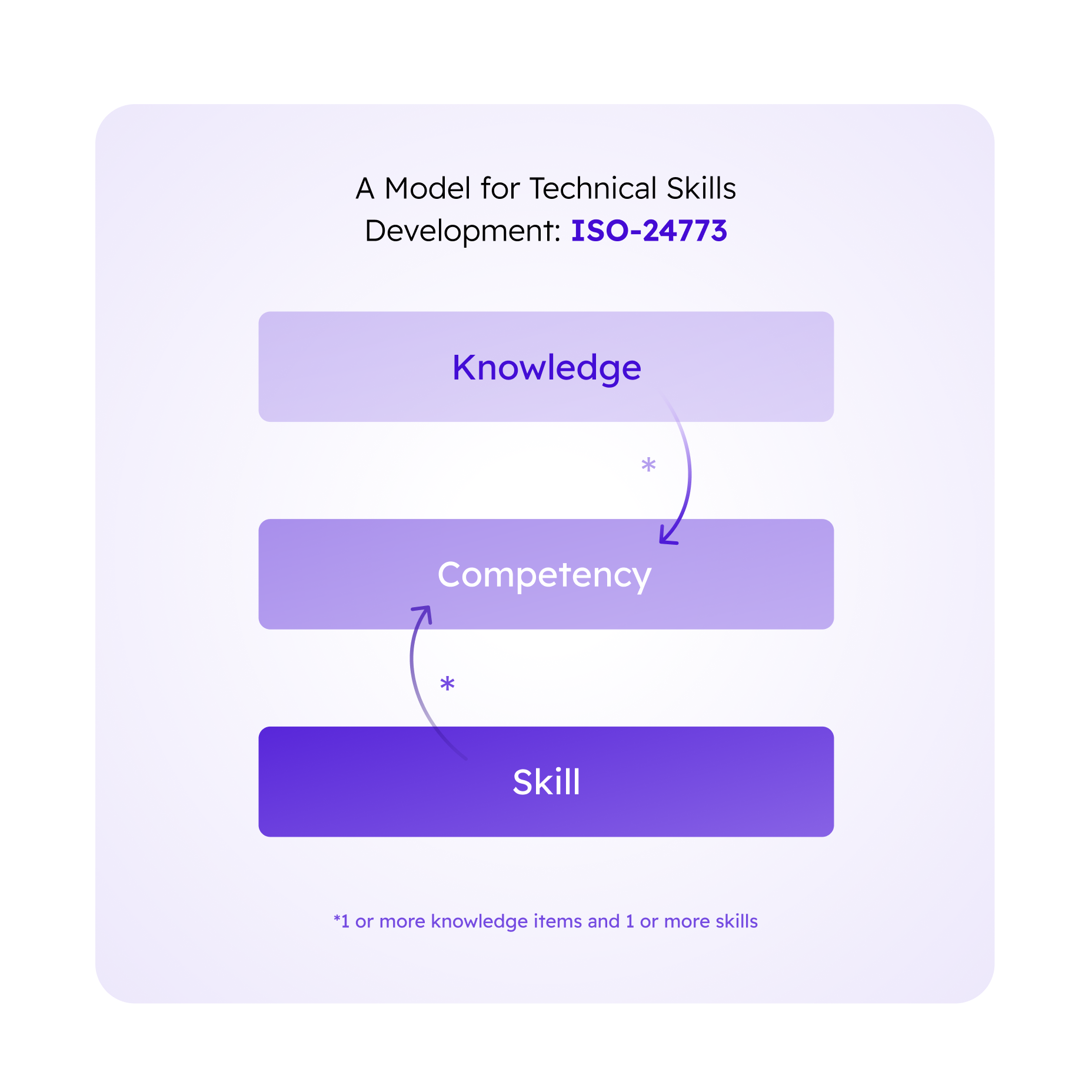
The goal of technical training is to get software users to the point that they can confidently use the product in order to do their job. But what is the best way to achieve this? Ask any techie what the most effective way is for them to learn how to use software, and they will tell you that they learn most by using the software. While they may gain some understanding of how to use the software through a trainer demo, training videos, or written material, it will never match up to them getting hands-on experience with the product. It is through this hands-on experience that software users consolidate their theoretical knowledge and become competent in using a product.
And yet, not all technical training programs include a hands-on component. As someone with extensive experience in technical training and development, I’ve witnessed first-hand the gap between theoretical knowledge and practical competence. In this blog, I argue that technical training that does not include a practical, hands-on component is ineffective at best, and can have serious consequences for companies at worst. I will draw on the framework provided by an often overlooked ISO standard for technical skills development as a guide for developing effective technical training.
The Path to Becoming Competent
In the realm of technical education, the ISO-24773 standard for skills development is often overlooked. It offers a structured approach to training, focusing on three critical components: knowledge, skills, and competence. According to this standard, candidates must prove their competency by demonstrating that (1) they have skills-related knowledge, and (2) they have acquired the skills necessary to use the product.

According to this model, both theoretical knowledge and practical skills are essential. This approach makes sense, particularly in the technical field. On the one hand, if a trainee skips the theoretical knowledge component of technical training, and learns to use the product by trial and error, they can end up creating complex workaround solutions for their needs, while missing out on simpler approaches or product features that achieve the same thing in a simpler way. The learning curve will also be longer.
On the other hand, if a trainee only learns how to use the product by watching someone else operate it, or by watching instructional videos, but doesn’t actually get to practice, they will most likely forget most of what they learn, and only get their first hands-on experience with the product on the job. Skipping hands-on learning can have serious real-world consequences, some of which I have seen first-hand. Lack of experience using a complex product could result in misconfigurations, leading to system failures and security breaches. One example I saw was a government department for vehicle registration that implemented a web of undocumented scripts to configure their login environment, when a built-in feature covered in the training labs provided a far more secure and elegant solution. The scripts opened up a significant vulnerability, resulting in an attack which was entirely preventable.
I have also seen the incredible success that can be achieved through hands-on learning experiences. During all my years leading the technical training business at ForgeRock, most of our training workshops were three or five days long, and were 70 percent lab driven. This enabled trainees to get extensive practice using the platform, so that by the end of the training, they left as competent professionals ready to use the product to do their jobs.
Given the potential for both risk and success, the case for incorporating hands-on learning as an essential part of technical training is even stronger – and the more complex the product the greater the need to do this.
Leveraging Technology to Facilitate Hands-on Learning
Technical trainers want to replicate exactly what the student will experience in the real enterprise production world, so that they can experience the complexities of the type of scenarios that they will encounter on the job. Twenty years ago, technical training took place in a physical classroom. I remember having to go from computer to computer, installing images of complex setups, with the kit in the room. Instructors would spend days perfecting the environments so that students would get exact replicas of what they needed to become competent with.
Since learning has gone online, creating a standardized training experience, particularly for software that requires complex environments and configuration, has become a challenge. Consequently, there is often a tendency for training programs to focus more on the knowledge component, and devote less time to hands-on skills development.
Given how critical the hands-on component is in developing competency, it is vital that technical trainers find ways to provide a hands-on experience virtually – and the technology exists in Virtual IT labs like CloudShare. Virtual IT labs enable trainers to create and easily replicate complex virtual and software environments, making online labs easily scalable.
In my time at ForgeRock, I built a training business that enabled students to have the exact same training experience, no matter where they were in the world. Because we were teaching extremely complex products, it was absolutely essential that we create the lab experience. Using CloudShare, I could build really complex environments, configure the software exactly as needed, and then replicate it globally for all students to access. As a result, students accessed the exact same training experience in a safe environment, enabling them to practice just like they would have in a physical classroom twenty years ago.
Bringing back hands-on training
Technical training plays a critical role in equipping students to use complex software products effectively and competently. But it needs to be done right in order to achieve this, and that means including not just the knowledge component, but also a hands-on experience. With the availability of technology like Virtual IT labs, online learning formats need not pose a barrier to this. On the contrary, this offers technical trainers and customer education professionals an opportunity to create software training experiences that enhance the effectiveness of technical training and better prepare learners for real-world challenges.
Kevin Streater is Interim Chief Operating Officer of the Chartered Institute for Information Security and has led professional education organizations for over twenty-five years. Kevin spent past decade at ForgeRock, an identity and access management vendor where he led the global training and community organization. Kevin is a specialist in IT and Cyber Security skills development, competency assessment, digital credentialing, and educational technology. Kevin holds a BSc. in Computer Science from City University, London, and an MBA from The Open University and is a Chartered IT Professional and Chartered Manager.
![[Webinar On-Demand] Create Effective Customer Education Across the Entire Lifecycle](https://no-cache.hubspot.com/cta/default/20688800/interactive-144316796446.png)


